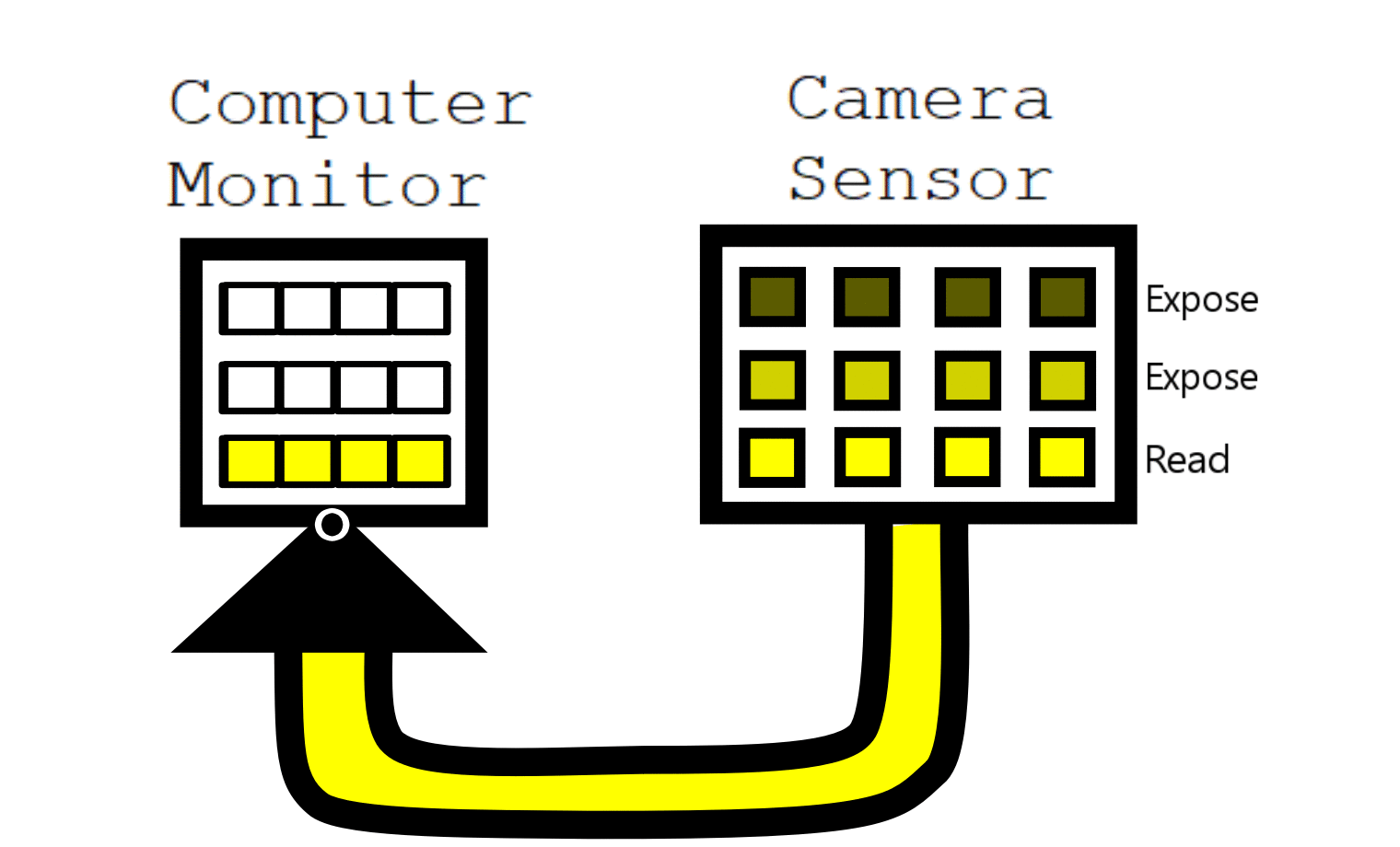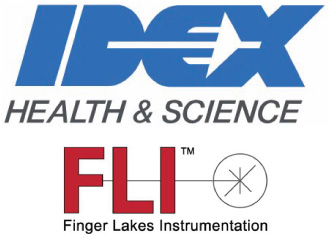
Scientific Complementary Metal Oxide Semiconductor
Scientific Complementary Metal Oxide Semiconductor (sCMOS) Sensors provide high frame rate imaging with a variety of imaging options to create a modular system valuable to a wide array of applications. sCMOS sensors operate with a Rolling Shutter, allowing high frame rate while maintaining low noise operation and high resolution images. More information on rolling shutter imaging can be found here.
Potential applications of a camera with a sCMOS sensor installed may include the following implementations.

Finger Lakes Instrumentation, a division of IDEX Health & Science LLC
1250 Rochester St.
Lima, New York 14485
1250 Rochester St.
Lima, New York 14485
Phone: 585-624-3760
Email: IHSKeplerSupport@IdexCorp.com
Web: www.flicamera.com
Email: IHSKeplerSupport@IdexCorp.com
Web: www.flicamera.com
©2023 IDEX Health & Science LLC
•
Orbital Debris Detection
•
Occultations
•
Solar Astronomy
•
TEM
•
Photometry
•
Near Earth Object (NEO)
•
Super Resolution Microscopy
•
Wavefront Sensing
•
Speckle Imaging
•
Forensic Imaging
•
Photocell Inspection

As displayed in the animation above, there are three states a row of pixels can be in: read, reset, expose. The exposure time of this example is the minimum. With longer exposure times, there are periods where all rows are exposing, known as Global Exposure.
The arrow and the "Computer Monitor" represent the flow of information during each read row process. during each read process, the entire rows data is sent to the PC for interpretation.

Animation

Pertinent Pro's and Con's
One can see that while every row is always actively preforming a function, each row begins exposure at a slightly different time. The severity of the timing variance is dependent on whether the camera is operating in HDR or LDR mode.
This lag between exposure starts only begins to cause problems when a subject is moving at very high speeds. This problem is discussed fully in Rolling Shutter. For this reason, very high speed subjects are often better captured with CCD Sensors.
Despite the problems endured with high speed subjects, sCMOS sensors are very efficient. Due to the constant progress in each row, time is not wasted as it is in CCD sensors. This results in faster readout and thus, a faster frame rate.
